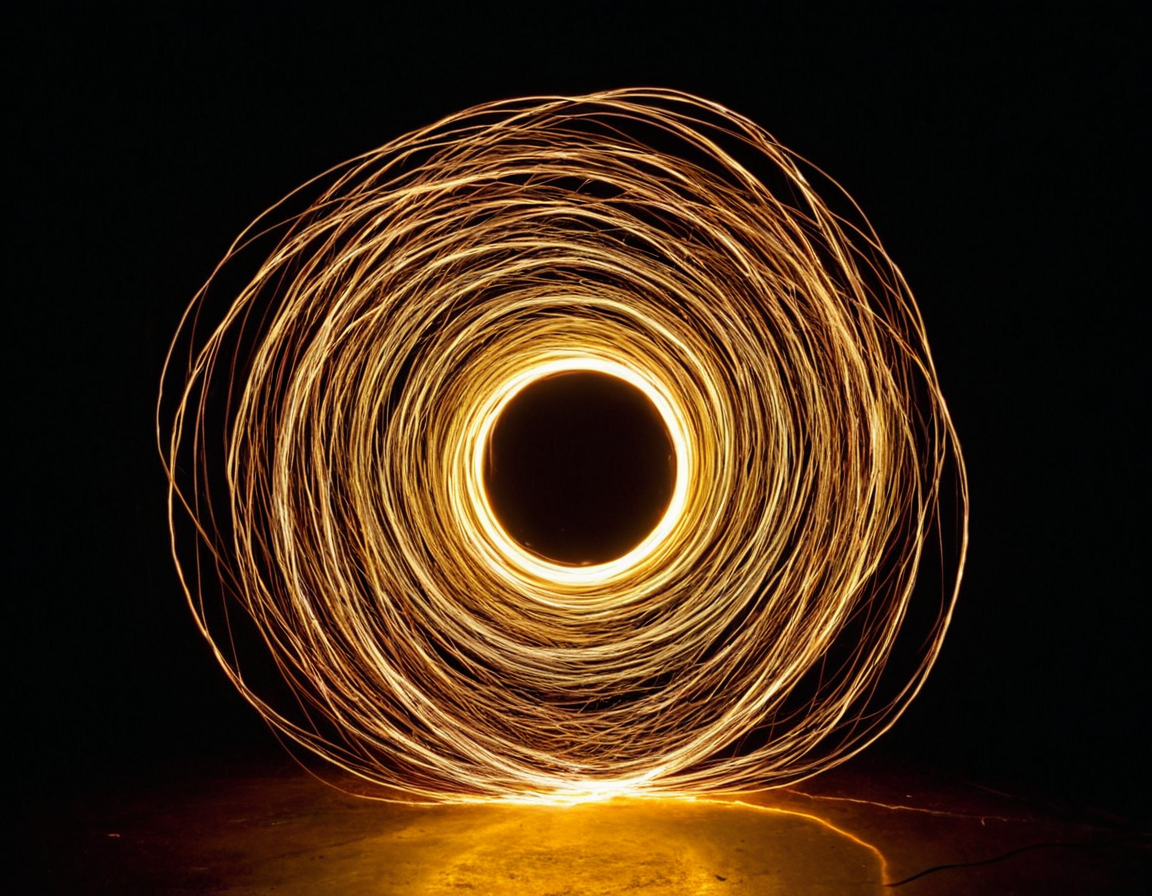Future of Light Painting & Its Applications

Beyond the Lens: The Future of Light Painting and its Potential Applications
Light painting, a technique that manipulates light to create visually striking images, has been gaining popularity in recent years. However, its potential applications extend far beyond the realm of art and photography. In this blog post, we will delve into the world of light painting, exploring its current state, future directions, and potential uses in various fields.
Introduction
Light painting is a complex process that involves using long exposure times, camera movements, or other techniques to create intricate patterns with light. Historically, it was mainly used by photographers to add an extra layer of depth to their images. Nevertheless, its applications are expanding rapidly due to advancements in technology and the growing interest in alternative forms of art.
Theoretical Background
Light painting is based on the principles of optics and photonics. When light is manipulated, it can be directed, focused, or scattered to create a wide range of effects. This manipulation can be achieved through various means, such as using specialized lenses, filters, or even 3D printing.
One of the most significant challenges in light painting is controlling the behavior of light itself. Traditional photography relies on capturing a single moment in time; however, light painting allows for the creation of complex patterns that evolve over an extended period. This capability has sparked interest among artists and scientists alike.
Current State and Future Directions
The current state of light painting is characterized by its growing popularity and increasing accessibility. Advances in camera technology, LED lighting, and 3D printing have made it easier for individuals to experiment with the technique. Moreover, the rise of social media platforms has created a community of artists and enthusiasts who share their work, promoting the development of new techniques.
However, despite these advancements, there are still significant challenges that need to be addressed. For instance, light pollution, which is the excessive emission of light into the environment, poses a threat to the quality of images and the overall experience of light painting.
To mitigate these issues, researchers and artists are exploring alternative methods for creating light paintings. One such approach involves using sustainable materials and energy-efficient lighting solutions.
Potential Applications
The applications of light painting extend far beyond the realm of art and photography. Some potential uses include:
- Scientific Research: Light painting can be used to visualize complex phenomena in fields like physics, chemistry, or biology.
- Therapeutic Applications: The controlled manipulation of light could potentially be used to create soothing environments for individuals with sensory sensitivities.
- Advertising and Marketing: The unique aesthetic of light paintings could be leveraged to create engaging and memorable advertisements.
Conclusion
In conclusion, light painting is a rapidly evolving field that holds significant potential for various applications. While it has its challenges, the benefits of this technique far outweigh the drawbacks. As technology continues to advance, we can expect to see new and innovative uses emerge.
The future of light painting is bright, and it will be exciting to see where this art form takes us next. Will you be a part of shaping the future of light painting? The choice is yours.
Call to Action: Share your thoughts on the potential applications of light painting in the comments section below.
Tags
light-painting photography-innovations visual-art long-exposure-techniques camera-tricks
About Sarah Davis
Photography enthusiast & expert Sarah Davis helps creative photographers refine their craft through inspiring tutorials, innovative tools, and actionable tips on lentecreativa.com.
